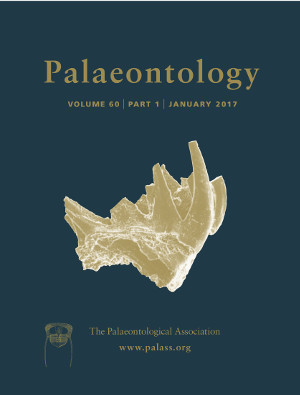Reg. Charity No. 1168330

Arthropods are characterized by a rigid, articulating, exoskeleton operated by a lever‐like system of segmentally arranged, antagonistic muscles. This skeletomuscular system evolved from an unsegmented body wall musculature acting on a hydrostatic skeleton, similar to that of the arthropods’ close relatives, the soft‐bodied onychophorans. Unfortunately, fossil evidence documenting this transition is scarce. Exceptionally‐preserved panarthropods from the Cambrian Lagerstätte of Sirius Passet, Greenland, including the soft‐bodied stem‐arthropod Pambdelurion whittingtoni and the hard‐bodied arthropods Kiisortoqia soperi and Campanamuta mantonae, are unique in preserving extensive musculature. Here we show that Pambdelurion's myoanatomy conforms closely to that of extant onychophorans, with unsegmented dorsal, ventral and longitudinal muscle groups in the trunk, and extrinsic and intrinsic muscles controlling the legs. Pambdelurion also possesses oblique musculature, which has previously been interpreted as an arthropodan characteristic. However, this oblique musculature appears to be confined to the cephalic region and first few body segments, and does not represent a shift towards arthropodan myoanatomy. The Sirius Passet arthropods, Kiisortoqia and Campanamuta, also possess large longitudinal muscles in the trunk, although, unlike Pambdelurion, they are segmentally divided at the tergal boundaries. Thus, the transition towards an arthropodan myoanatomy from a lobopodian ancestor probably involved the division of the peripheral longitudinal muscle into segmented units.